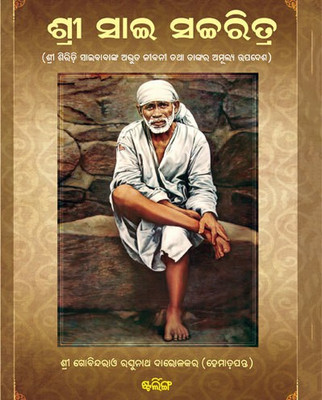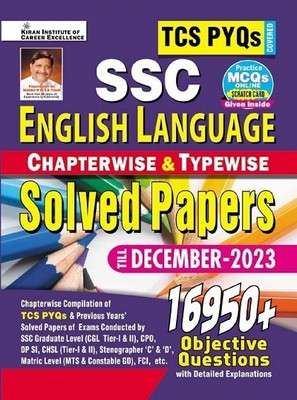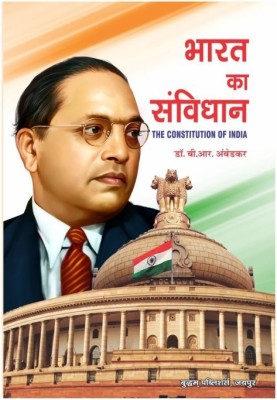Hentai: Yaoi, Shotacon, Ecchi, Lolicon, List of Japanese Erotic Computer Games, Bara, List of Hentai Authors, Futanari, Ero Guro (English, Paperback, LLC Books, Source Wikipedia)
Price: Not Available
Currently Unavailable
Highlights
- Language: English
- Binding: Paperback
- Publisher: Books LLC, Wiki Series
- ISBN: 9781157540045, 115754004X
- Edition: 2011
- Pages: 28
Description
Please note that the content of this book primarily consists of articles available from Wikipedia or other free sources online. Pages: 27. Chapters: Yaoi, Shotacon, Ecchi, Lolicon, List of Japanese erotic computer games, Bara, List of hentai authors, Futanari, Ero guro, List of hentai anime, Tentacle erotica, Young Comic. Excerpt: Yaoi ) also known as Boys' Love, is a Japanese popular term for female-oriented fictional media that focus on homoerotic or homoromantic male relationships, usually created by female authors. Originally referring to a specific type of d jinshi (self-published works) parody of mainstream anime and manga works, yaoi came to be used as a generic term for female-oriented manga, anime, dating sims, novels and d jinshi featuring idealized homosexual male relationships. The main characters in yaoi usually conform to the formula of the seme lit. attacker) who pursues the uke lit. receiver). The male characters are often drawn to the point that their features are so idealistic, they are unrealistically beautiful. In Japan, the term has largely been replaced by the rubric Boys' Love B izu Rabu), which subsumes both parodies and original works, and commercial as well as d jinshi works. Although the genre is called Boys' Love (commonly abbreviated as BL), the males featured are pubescent or older. Works featuring prepubescent boys are labeled shotacon, and seen as a distinct genre. Yaoi (as it continues to be known among English-speaking fans) has spread beyond Japan: both translated and original yaoi is now available in many countries and languages. Yaoi began in the d jinshi markets of Japan in the late 1970s/early 1980s as an outgrowth of sh nen-ai ) (also known as June or tanbi), but whereas sh nen-ai (both commercial and d jinshi) were original works, yaoi were parodies of popular sh nen anime and manga, such as Captain Tsubasa and Saint Seiya. BL creators and fans are careful to distinguish the genre from bara, including gay manga...
Read More
Specifications
Book Details
| Publication Year |
|
| Table of Contents |
|
Contributors
| Author |
|
Dimensions
| Width |
|
| Height |
|
| Weight |
|
Be the first to ask about this product
Safe and Secure Payments.Easy returns.100% Authentic products.
Back to top




